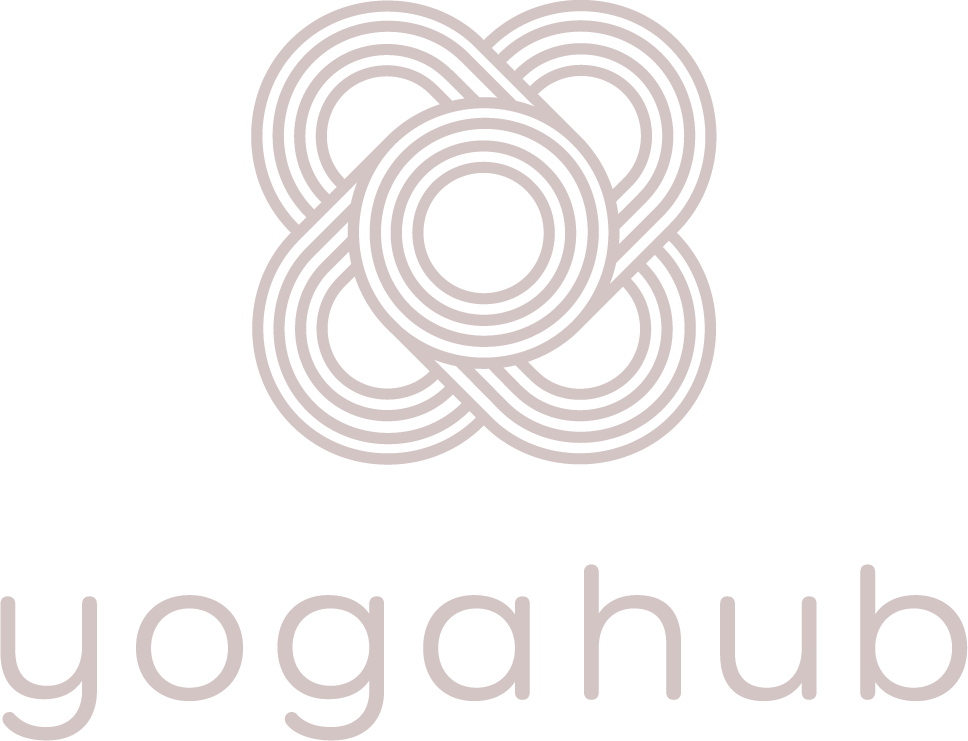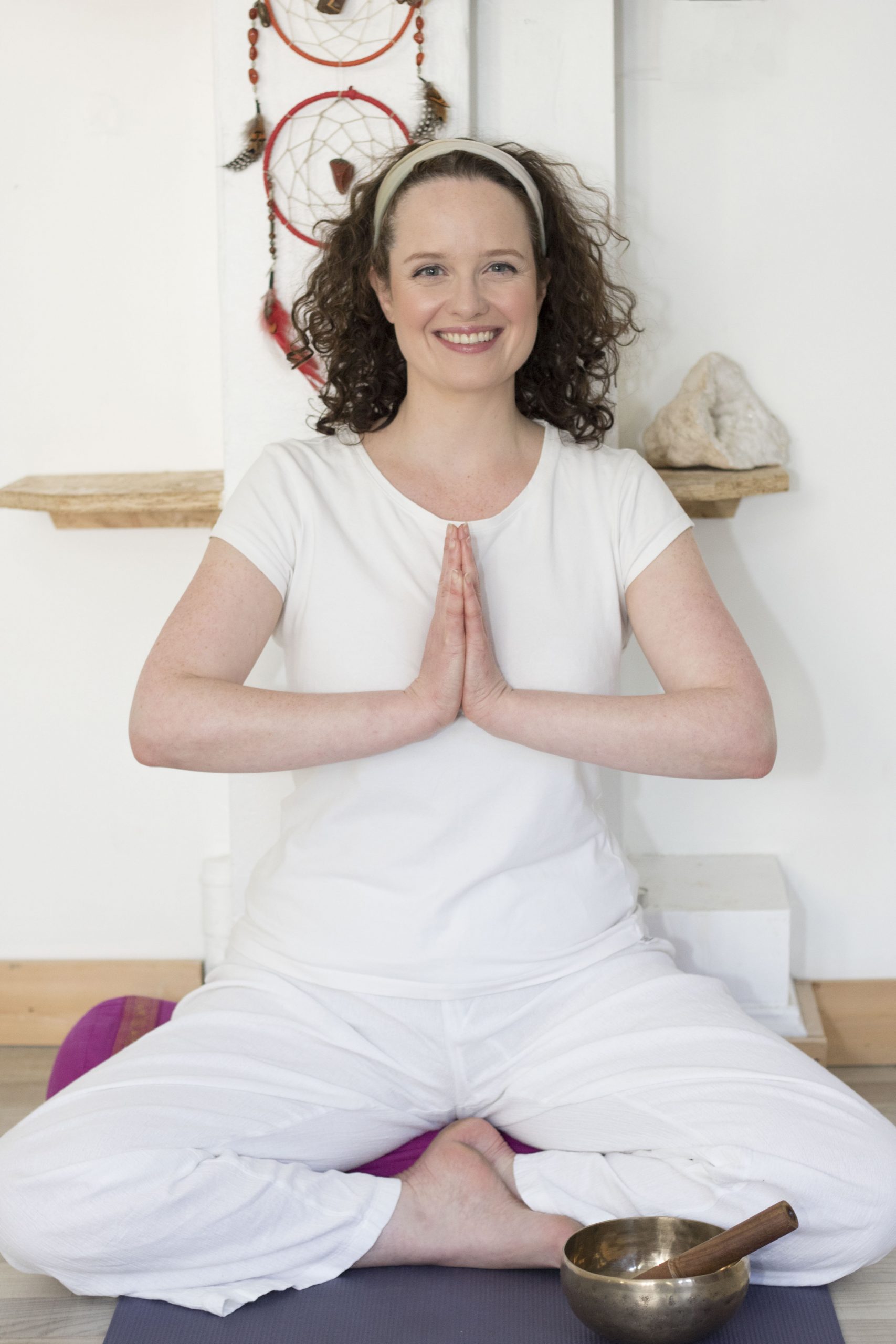This week we get to talk to the lovely Emer about what Kundalini yoga is, how it can change your life, and what she’ll be offering at her summer-inspired YogaHub workshop this weekend.
Hello Emer! So, what is Kundalini Yoga?
Kundalini Yoga was brought to the West by Yogi Bhajan. It is considered to be one of the most comprehensive of all of the yoga traditions as it combines many practices such as meditation, mantra, physical postures and breathing techniques. It is a Royal (Raj) Yoga as it contains all eight aspects (limbs) of Yoga. It was kept a secret for many years and was passed down from master to student. Yogi Bhajan, a master in Kundalini Yoga from the Punjab in India came to the West in the 60s and he recognised the time was right to share the technology of Kundalini Yoga. Yogi Bhajan aspired for Kundalini Yoga to be practiced by the householder, to help them manage the demands of modern life.
The Kundalini energy is a poetic metaphor which describes the potential energy that exists within each of us. The Kundalini energy is considered to be located in the energetic body at the base of the spine. With the practice of Yoga, the Kundalini energy expands upwards awakening our potential to connect with our higher selves. Kundalini Yoga practices enliven our Kundalini energy in a systematic and “tried and tested” format so that the student does not access any more energy than they can gracefully accommodate.
Who can do Kundalini?
Everyone, you can modify it to your needs. If, however, you have a serious health condition, as with any Yoga practice I would check with the teacher first. Always tell your teacher if you are working with an injury, health condition or are pregnant as some of the Yoga breathwork can be contraindicated.
What are the benefits of Kundalini yoga?
There are a number of ways that Kundalini Yoga is unique.
- Structure and Consistency: The practices in Kundalini are highly specific, it utilises Kriyas: a series of postures, breath, and sound that work toward a specific outcome. In each Kriya, there are exacting instructions about the times to hold the postures, where your eye focus should be and how to breathe etc. Similarly to baking a cake, if you added too much of one ingredient it may not be unpleasant but you may not achieve the full effect, the same is true for Kundalini Yoga. Teachers of this Yoga never change the formula of the technology outside the guidelines set out by Yogi Bhajan. For me, this ensures reliability. I know when I go to a Kundalini class I will experience the teacher’s style of teaching, but the “recipe” will be the same. Thus you can expect a high-quality class each time you come to a Kundalini Yoga class. This truth that Kundalini Yoga is a specific technology is a simple concept, however, this does not mean it is easy to achieve. It requires a discipline of practice and changes in your life will occur if you dedicate yourself to a regular practice of this Yoga.
- Real Life Yoga: As it is a householders Yoga, Kundalini Yoga aims to positively affect everyday life. Kundalini Yoga does not encourage ascetic practices as many other Yoga traditions do. There are a variety of Kundalini Kriyas and meditations and I consider these to be “Recipes for a better life”. For example, you could choose a practice to help you navigate through strong emotions such as fear or you could focus on the physical body such as digestion. Wherever you need support, be it in your physical, mental or spiritual body, Kundalini Yoga has the technology to offer you a specific “recipe”.
- Personal practice: Kundalini Yoga is a personal practice; it is centred on the personal experience and awareness of the student, through the awakening of the Kundalini energy. This allows the student to harness the full potential of their body’s nervous and glandular systems which in turn balances the subtle systems of chakras and meridians.
- Holistic in Nature: In this tradition, meditation is not considered separate from the Yoga postures (asana); meditation is integral to the practice.
- Effectiveness: Kundalini Yoga results in a steady and predictable progress, which leverages the basic functions of the body and the mind to create rapid, sustainable, personal growth and healing. The exercises in the Kriyas bring the body and mind to a state where deep meditation is easily achieved. Kundalini Yoga is a very safe way to stimulate our energetic potential to maximise our bodies’ abilities to live a healthy, happy, and holy life—in body, mind and spirit.
Describe your first personal experience with Kundalini.
My first experience with Kundalini Yoga was via a Maya Fiennes DVD!! I had just returned from Indian where I had trained in Hatha Yoga and, although I loved the Asanas, I absolutely adored and felt liberated by the act of chanting. I remember being nervous in my living room the fist time chanting with my boyfriend Ben next door in the kitchen, now I chant all the time and I really believe in the power of acknowledging your own sound. Whether you can sing or not, everyone can chant!
After that, I went to some classes and instantly felt the benefits of a regular practice. I found another shorter DVD by Gurumuk and this 12-minute practice everyday kept me strong while I was going through a very stressful time at work. I call this practice my Spiritual Scaffolding, keeps me up when times are tough. I then trained as a Kundalini teacher in 2014 and have loved every minute of sharing the practice with the wonderful Tuesday Kundalini Community…(you all know who you are 😉
What should someone bring to a Kundalini class or workshop?
An open mind.
A willing heart.
A yoga mat!
Often Kundalini Yogis will wear white or light clothes and a turban or headscarf. We do this for a few reasons, white is said to strengthen and increase our aura, it also allows us to be seen and to make a commitment to our Yoga practice, The head covering is to protect our crown chakra and to give a gentle acupressure at the head to help us to keep stable as the practice is raising our energy. This is not compulsory at all but if you are curious I would suggest trying it and see how it feels for you.
What do you LOVE about Kundalini?
The diversity of practice.
The Mantra and how every cell in my body vibrates with the sound of the divine following a Mantra practice.
The heart opening element of this practice- there is no escaping it!
My teacher once said to me “If you like your life the way it is, don’t do Kundalini Yoga cause it changes your life” and it is so true…it changes and expands your capacity to live from a heart-centred, compassionate place.
I know you have a workshop at YogaHub this weekend, is there anything you’d like to share about it?
I’m really looking forward to this Summer Kundalini Workshop.
Summer is the season of movement and joy. The fire element drives us to move outward and connect with others from our heart centre. The body also undergoes vigorous metabolic (body energy) processes.
The heart is the key player in cultivating this fire energy and when balanced we radiate with enthusiasm, warmth and awareness. If unbalanced the heart centre can have excess or reduced joy contributing to mania, depression or a fluctuation between the two continuum.
On Saturday, we will gracefully open and balance the heart centre energy with Kundalini Kriya, Meditation and Mantra. Prepare to sweat, laugh and relax deeply with a Venus Gong Bath, the Paiste Planet Gong associated with love and equanimity. Hope you can join me!!!


